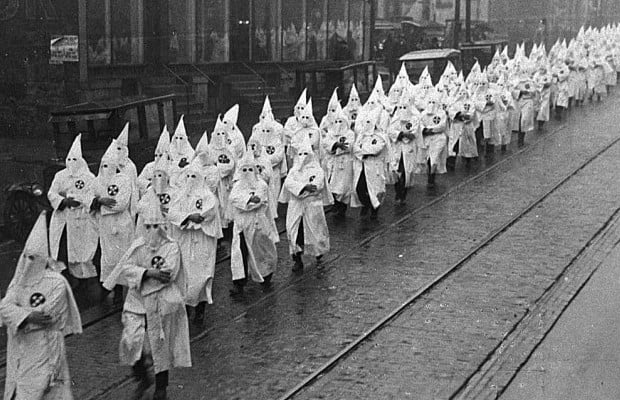The most easily identified differences between the north, south, and middle colonies are the things that helped to shape the colony's economy, because it very much affected the way the people got to live. The northern colonies were shaped mostly by fish, farming, and trade, the southern colonies by tobacco and cash crops, and the middle colonies by their wheat and trade. Depending on what helped to shape the economy of the colonies also helped to determine how well off they would be financially. In fact, as Professor Holden said in class, the southern colonies made up the wealthiest region. This has to do with the fact that they produced cash crops like tobacco.
The middle colonies, Pennsylvania, New York, New Jersey, and Delaware, mainly depended on fur trade and farming to bring money in (The Middle Colonies). Many people came to the middle colonies because of the diverse societies and opportunities (The American Promise). The middle colonies were known as the Breadbasket of North America because of the wide variety of crops (The American Promise, 133). They mainly made their money off of wheat though, as they grew it in abundance to make profit.

This barn was thought to have held tobacco and other crops (The Chesapeake Bay Company of the Jamestowne Society)
The Southern colonies, Virginia, Maryland, the Carolinas, and Georgia, made most of their profit off of tobacco and other cash crops, they made good money as they were the wealthiest region! Not only was the southern region the wealthiest, but also the largest (The American Promise, 135). Unfortunately, this is due to the amount of slaves brought in to work for people in the southern colonies (135). Looking at this, it all makes sense. There were lots of slaves in the southern colonies as well as lots of crops. The crop and land owners needed people to take care of the crops, therefore they had the slaves...slave population would continue to grow through the years, with the biggest prevalence in the southern colonies.

(Slave Law in Colonial Virginia)
The northern colonies' economies were shaped by farming, fishing, and trading (The American Promise, 127). Though the people of these colonies may not have made an abundance of money off of these things, they were able to get by. Colonists would trade extra crops with neighbors. Because of the location of the colonies, their main export was livestock (127). It was not easy to live in this area, but even under these conditions, they were better off in North America than they were in England (128).
Roark, James L. ., Michael P. . Johnson, and Cohen Patricia. Cline.
The American Promise. Boston: Bedford, 2003. Print.
"The Middle Colonies." The Middle Colonies




 I was able to find a primary source on Susan B. Anthony (http://ecssba.rutgers.edu/docs/sbatrial.html). This source is some of her accounts when she was on trial at the circuit courts. I believe I would have enough information to do this topic for my paper, I would just have to take a different route than I originally planned.
I was able to find a primary source on Susan B. Anthony (http://ecssba.rutgers.edu/docs/sbatrial.html). This source is some of her accounts when she was on trial at the circuit courts. I believe I would have enough information to do this topic for my paper, I would just have to take a different route than I originally planned. 










 This barn was thought to have held tobacco and other crops (The Chesapeake Bay Company of the Jamestowne Society)
This barn was thought to have held tobacco and other crops (The Chesapeake Bay Company of the Jamestowne Society) (Palomar Website)
(Palomar Website) (Gettysburg.edu)
(Gettysburg.edu) (Gettysburg.edu)
(Gettysburg.edu)